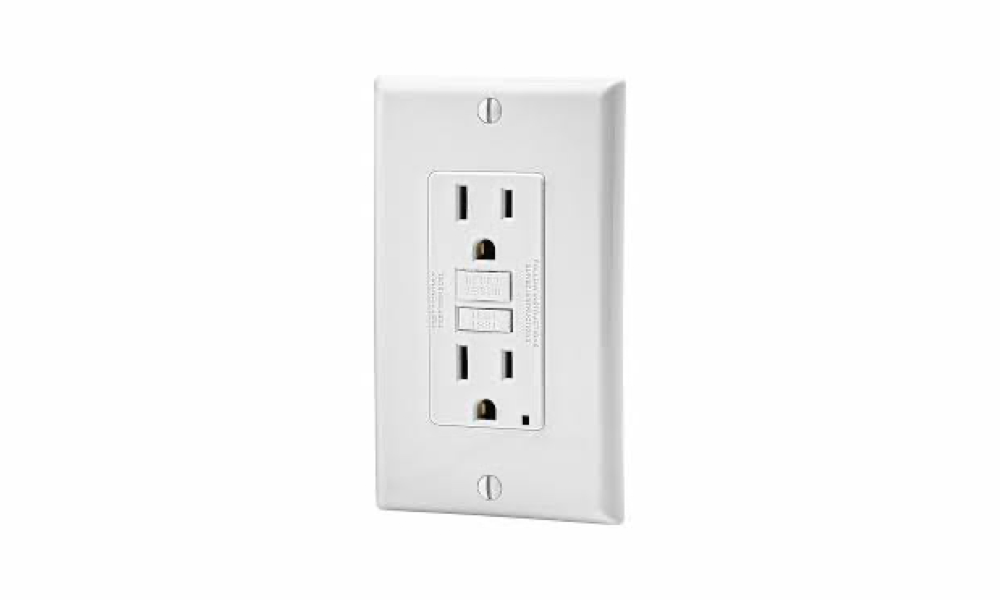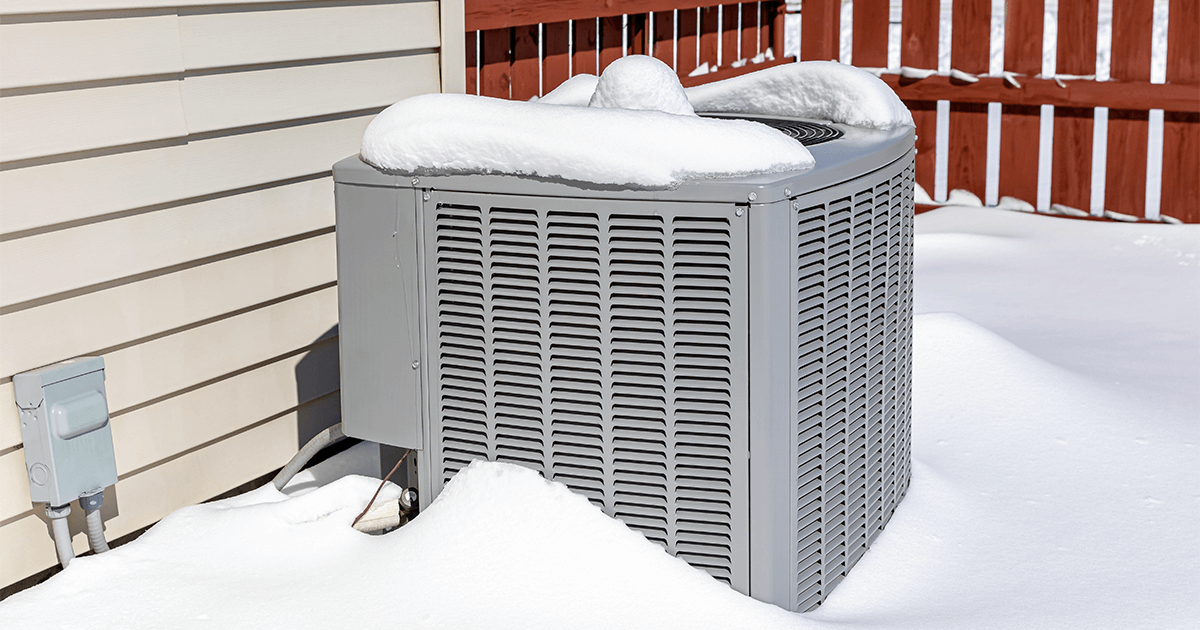Until the mid-1960s, residential electrical wiring did not include a ground wire as part of the set of conductors for new construction. Even though this system was CSA-approved at the time, it was deemed a safety concern for the residents of the home.
How it works:
Imagine you have an ungrounded plug-in in your bathroom, and you are using a hairdryer. If an electrical fault occurs in the hairdryer, the body of the appliance could become energized, posing a severe risk of electrocution to the user. If the receptacle were grounded, the ground system would detect the electrical fault, and the breaker in the main electrical panel would trip, cutting off power and protecting the user.
This type of explanation is commonly used to make people aware of a potential danger. To delve deeper, let me share a story that illustrates what is happening. When I was a young first-year apprentice in the electrical trade, a journeyman explained this concept to me. He opened an electrical junction box, pulled out an energized wire, stripped the end to expose the copper wire, and grabbed the wire between his fingers.
Startled, I jumped back and exclaimed, “What are you doing? You’re going to get electrocuted!” He laughed and said, “No, I can’t. I’m not grounded.” If he were to touch a metal pipe, a water tap, or any other grounded item with his other hand, he would have felt the shock of 120 volts.
When you see high-voltage utility linemen working on power poles, do you assume they turned the power off? No, they don’t. They take precautions to protect themselves from contact between the energized wiring and ground, using equipment like high-voltage gloves and boots, specially insulated tools, and bucket trucks with long extendable booms that insulate them from the ground.
The next question you may have is, “How do I protect myself?”
If your home’s circuits are not grounded or if you have a plug-in within 5 feet of a kitchen or bathroom sink, the Canadian Electrical Code allows the installation of ground fault circuit interrupter (GFI) protection. This can be achieved by replacing existing plug-ins with GFI-style receptacles or installing a GFI breaker in the electrical panel. If you have an outdoor receptacle, it’s crucial to protect that device with a GFI.
As a side note, in the 2016 edition of the Canadian Electrical Code, a rule states that newly installed 120-volt plug-ins in a home now require another form of protective technology called Arc Fault Protection. There are a few exclusions to this new rule. If you’re interested in finding out more, give me a call at 780-238-8195.






